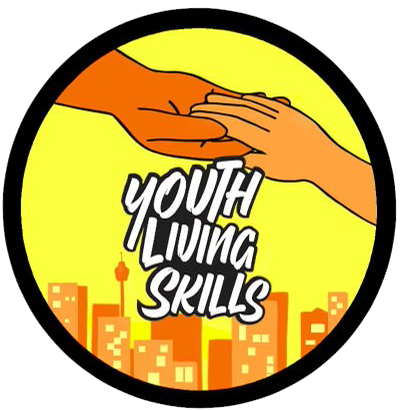Why does your child need therapy?
Some children can develop specific difficulties that affect various areas of their everyday functioning. Often, these issues are related to a disability or diagnosed medical condition, which may be physical or cognitive in nature. If your child struggles in their physical functioning and ability to complete everyday tasks, learning, communication or social interactions, they may find some benefit in receiving therapy.
There is a diversity of therapies that are becoming more accessible to people, such as occupational therapy (OT), speech therapy (aka speech pathology), psychology and physiotherapy. Therapists are usually university-trained health professionals who help children build the skills and confidence to better perform the activities they need to and engage with their peers and community in a meaningful way.
What is NDIS therapy?
The NDIS (which stands for National Disability Insurance Scheme) is a government-sanctioned arrangement that allows people (up to the age of 65 years) with permanent disabilities to choose the therapy services they want to use. If your child has allocated funds in their NDIS plan in the appropriate funding category, they are eligible to utilise those funds to work with therapists such as an OT and/or psychologist or counsellor. To meet the criteria to receive an NDIS package, a child must have a diagnosed condition that is lifelong, and their disability must proven by pertinent written evidence (generally reports or letters from Doctors and other health workers).
Examples of how therapy can help children
There are a number of therapies available and what is best suited to your child will depend on their exclusive needs, current situation and functioning, and level of existing supports. Therapies such as OT, psychology and speech therapy target different areas of functioning and work on developing distinct skills, and these skills often consolidate with each other to enhance the person’s independence. Examples of how therapists may help children are:
- An OT can help a child work on improving their fine motor skills (e.g. handwriting, tying shoelaces, grasping objects), gross motor skills (e.g. balance, running, catching), self-care (e.g. grooming, bathing, toileting), or organisation and concentration abilities.
- A psychologist can work with children and their families to progress emotional regulation skills and improve behavioural issues.
- A speech therapist helps children enhance overall communication skills, including speaking, comprehension, use of language and literacy dexterity.
Why NDIS therapy at home is beneficial
Commonly, the primary phase of engagement with a therapist involves the therapist learning about the child’s present situation and operational activity. This generally includes obtaining an insight into the child’s family and social supports, home environment (including its physical characteristics which may be pertinent), functioning at school and supports there, and the child’s current level of self-sufficiency in their daily life. Getting this information and a holistic understanding of the child’s existing lifestyle is paramount so the therapist can identify the areas of greatest need.
Although it is commonplace for clients to attend therapy clinics for sessions, NDIS therapy in the home or community is becoming more popular. When therapists visit children in their home or school, it enables them to gain unique insight into the child’s ordinary way of life and daily activities, which often cannot be discerned through sessions in a clinic. For instance, the therapist may develop better comprehension of how the relationship dynamics between the child, family and teachers, blend to support or create barriers for the child to succeed. Moreover, NDIS therapy at home also gives therapists a chance to see the child’s physical home environment, which may include certain factors that do not support the child. For instance, an OT that is helping a child to improve their bathing skills may suggest making some simple changes to the child’s bedroom or bathroom that may make this process easier for them. A therapist may also work more closely with the child’s teachers to establish how the classroom routine or environment may be amended to better advocate for the child.
In the childhood period, the support networks of the child are vital and usually play a significant role in shaping the child’s overall development. For many children, their primary caregivers are their parents. Therapy in the home gives therapists and the child’s family opportunities to more closely work together to reinforce strategies to help the child, and the family is best-placed to materialize these into the child’s routine. Therapy in the home is also often more convenient for clients and their family, as the need to travel to a clinic is eliminated.
Possible disadvantages of NDIS therapy at home
While therapy in the community and the number of mobile therapy services is growing, the major disadvantages may include:
- Some children may work better and focus more in a clinic setting, as being at home may have too many distractions (e.g. other children living in the home) or be counter-productive in some way.
- As the therapist travels to clients, there may be additional travel costs involved.
- Depending on the type of therapy required by the child and what equipment is required, it may not be possible to conduct therapy at home.



